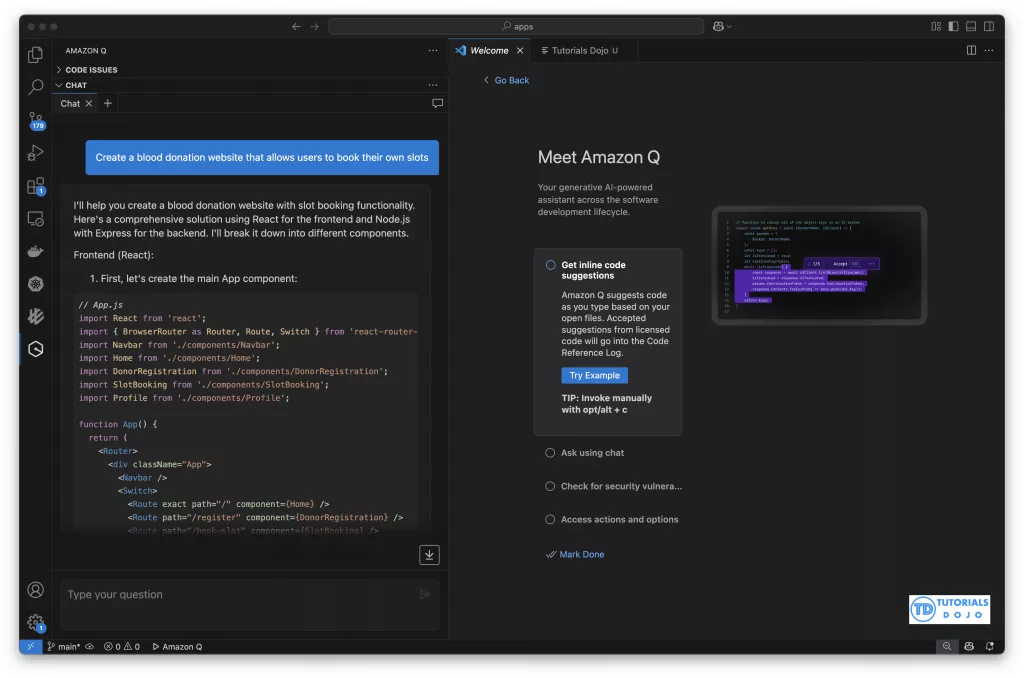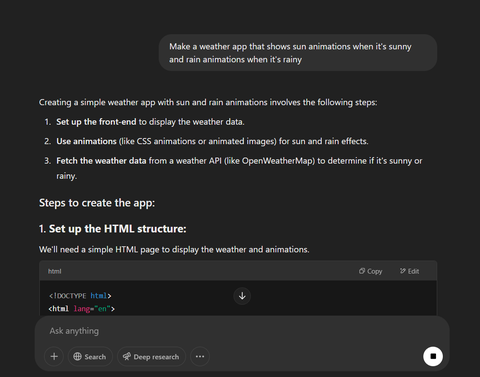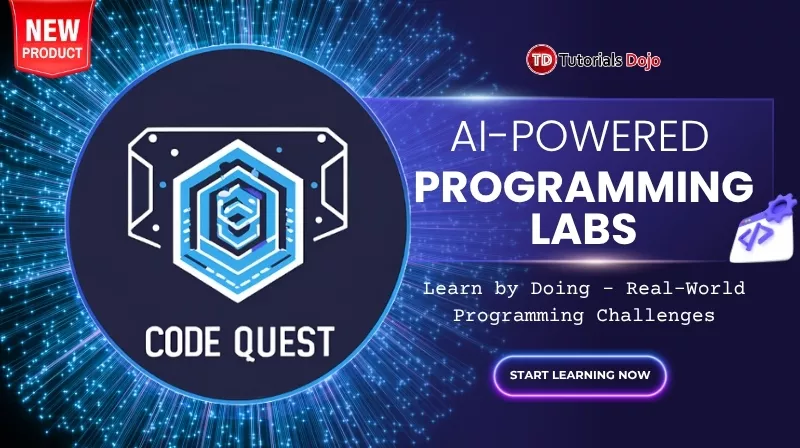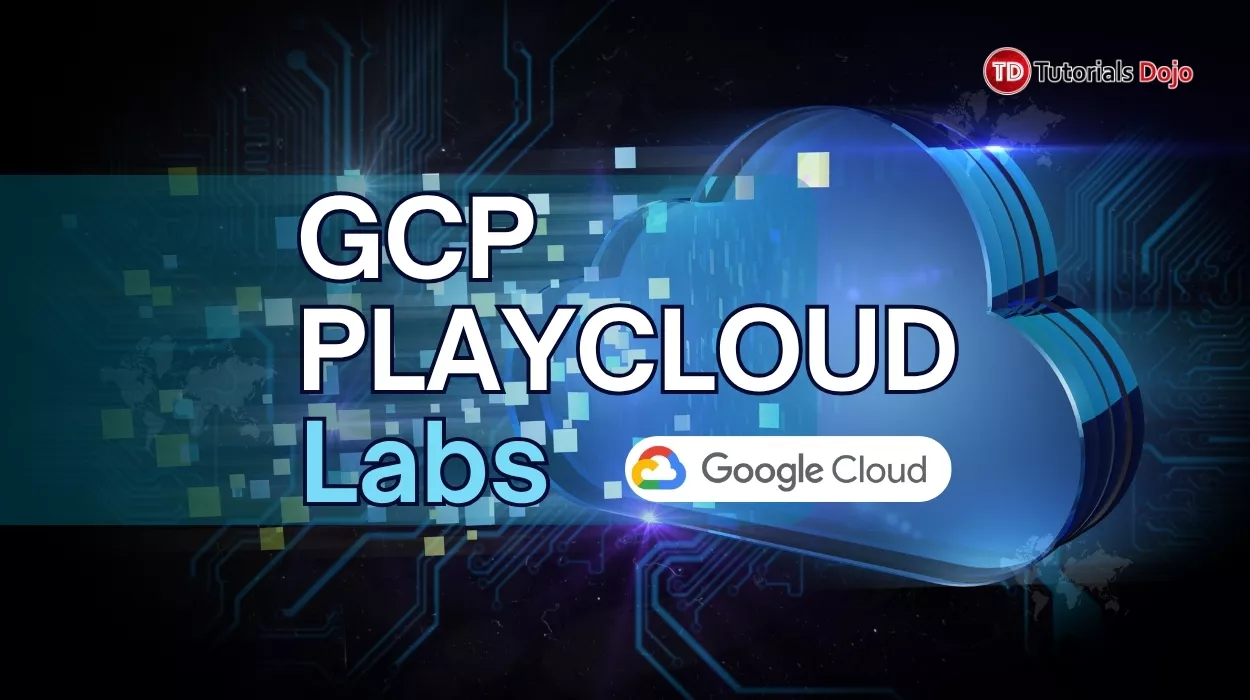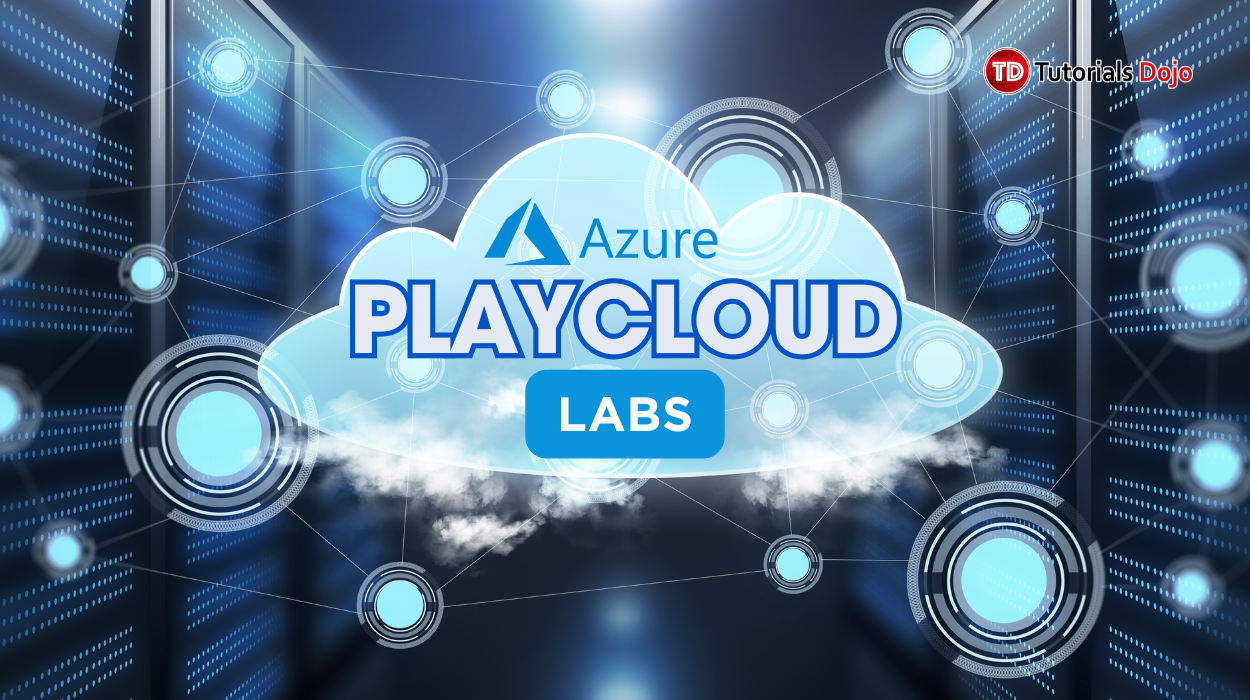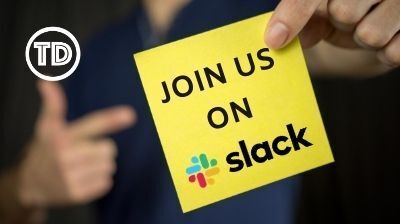Vibe Coding is the next evolution of software development, it’s like having a super-smart coding partner who’s always ready to help. Instead of struggling alone with complex code, you describe what you want to build in normal words, and AI helps make it happen. It’s perfect for when you have a great app idea but don’t want to spend months learning every programming detail. It’s designed to enhance developers’ capabilities, not replace them.
The best part? It’s not just for experts. Even if you’re a seasoned developer looking to save time or a complete beginner with big ideas, Vibe Coding makes the process smoother and more enjoyable.
How Does Vibe Coding Actually Work?
Let’s break it down step by step:
1. Start With Your Vision
- Imagine you want to create a weather app that shows cute animations
- Instead of writing code from scratch, you might tell the AI:
“Make a weather app that shows sun animations when it’s sunny and rain animations when it’s rainy”
2. AI Gets to Work
- The system understands your request
- It suggests which programming tools would work best
- It writes the basic code structure for you
3. You Take Control
- Review what the AI created
- Adjust colors, layouts, or features to make it perfect
- Add your personal creative touch
4. Bring It to Life
- Test your creation
- Fix any small issues
- Share it with the world!
The Awesome Tools Making This Possible
Vibe Coding is powered by real, accessible tools that anyone can start using today. Here’s a deeper look at the key helpers that make this new way of building software possible:
1. For Writing Code
These AI assistants act like coding partners, helping you write better code faster:
- GitHub Copilot – As you type, it suggests whole lines or even blocks of code based on what you’re trying to do. It’s like having an experienced programmer looking over your shoulder and whispering suggestions.
- Amazon CodeWhisperer – Similar to Copilot but with extra strengths for building cloud-based apps. It’s particularly good at suggesting secure code patterns and AWS integrations, making it a favorite for developers working on web services.
- Amazon Q – An AI assistant designed for AWS developers, integrated into IDEs like Visual Studio. It helps write, debug, and deploy cloud applications by explaining AWS services, generating infrastructure code, and troubleshooting errors, just like an on-call cloud expert.
2. For Understanding Code
When you’re stuck on confusing code or need to learn something new, here are some of the AI explainers that can help:
- ChatGPT – Stuck on a programming concept? Ask in plain English (or Filipino) and get clear explanations, examples, and even debugging help.
- Claude AI – Good at breaking down complex technical topics into easy to understand pieces. It’s like having a technical writer who can instantly simplify any coding challenge you’re facing.
3. For Building Without Deep Coding
These platforms let you create powerful applications with minimal traditional coding:
- Bubble – Imagine building a website by dragging and dropping elements, but with the power to create fully functional web apps. You design the interface visually, and Bubble handles the underlying code. Perfect for entrepreneurs and non-technical creators.
- Adalo – Create custom mobile apps from scratch using pre-built components. Design app screens like slides, connect your database, and publish to app stores.
Why Vibe Coding is a Game-Changer
This isn’t just another tech trend, it’s fundamentally changing how we build software:
From Months to Minutes
- What used to take weeks of coding can now be prototyped in hours. That weather app with cute animations? You could have a working demo before lunch.
Your Brain Upgraded
- Imagine all the mental energy you spend remembering syntax or debugging semicolons now freed up for actual creative problem-solving.
The Ultimate Learning Wingman
- Beginners can learn by doing real projects immediately, while experienced devs can explore new languages or frameworks without the usual steep learning curve.
The Challenges of Vibe Coding
Even superheroes have weaknesses. Here’s what to watch for:
The “Magic Box” Problem
- When AI generates code you don’t fully understand, troubleshooting and debugging can get tricky. Foundational coding knowledge still matters because you can’t properly fix or improve what you don’t comprehend.
Overconfidence in AI
- These tools sometimes sound extremely confident while being completely wrong. Always verify their suggestions.
The Learning Shift
- You’ll need new skills like:
- Writing clear instructions for AI
- Recognizing when generated code needs tweaking
- Combining AI output with human expertise
Where to Go From Here
Vibe Coding has opened doors for creators at every level. Whether you’re exploring this approach for the first time or looking to enhance your existing workflow, here’s how to move forward meaningfully:
1. Start Small, Think Big
- Choose one tool that aligns with your goals
- Build a micro-project (like automating a daily task)
- Use this as your foundation to expand
2. Learn Strategically
- Focus on concepts over syntax
- Master how to effectively guide AI assistants
- Develop an eye for reviewing and refining generated code
3. Connect with Purpose
- Find communities tackling similar challenges
- Share your work early for constructive feedback
- Collaborate on projects to accelerate your learning
The landscape of development is evolving rapidly. By starting now, even in small ways, you position yourself to grow with these changes rather than play catch-up later.

